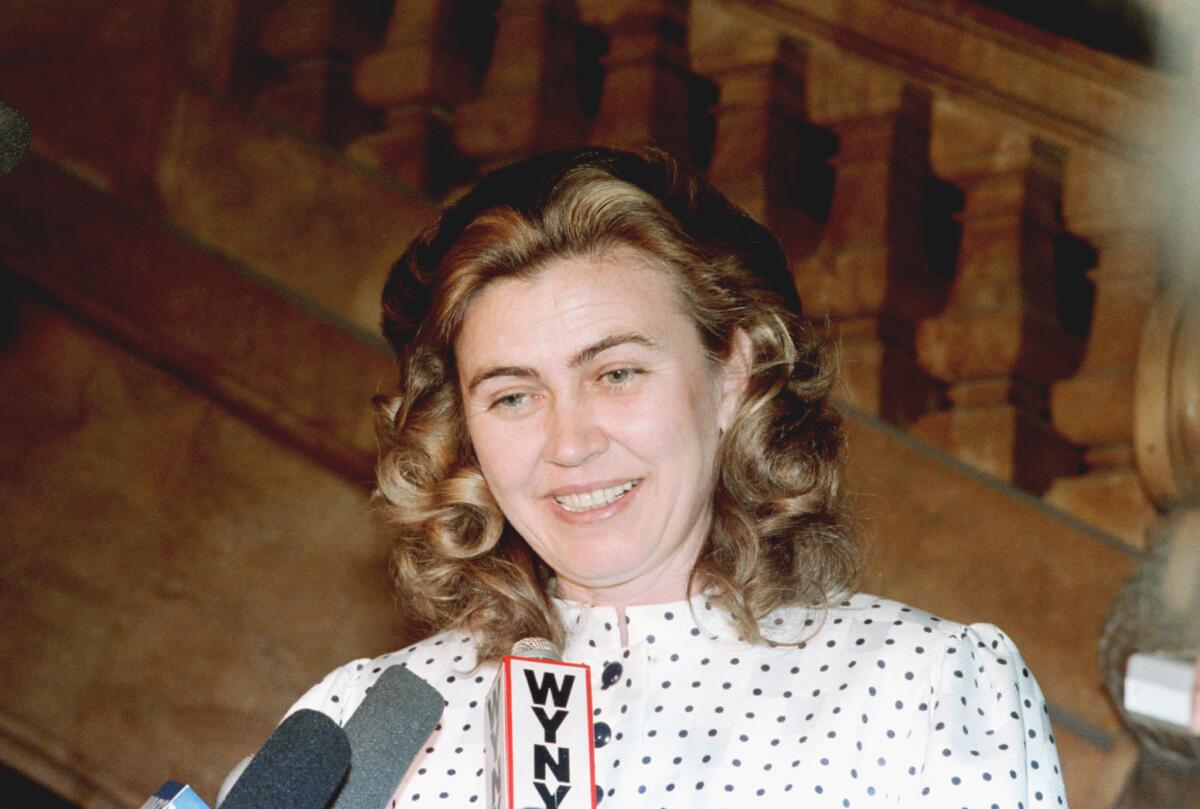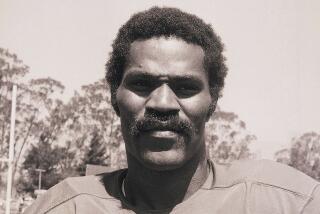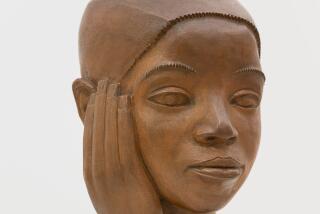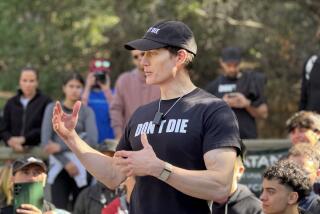Barbara Piasecka Johnson dies at 76; heiress to Johnson & Johnson fortune

Barbara Piasecka Johnson, a former chambermaid who married into the Johnson & Johnson pharmaceutical family and walked away with part of its epic fortune after a bitterly contested battle over her husbandâs will, died Monday in her native Poland. She was 76.
Her office, BPJ Holdings, in Princeton, N.J., said she died after a long illness. One of the worldâs richest women, she was a longtime resident of Monaco.
Known as Basia, in 1971 she became the third wife of J. Seward Johnson, a son of Johnson & Johnson co-founder Robert Wood Johnson and a director of the New Brunswick, N.J.-based company for 50 years. She was 34; he was 76 and had left his marriage of 32 years to be with her. They had met in 1968, when she began work in his New Jersey home as a cook and chambermaid, according to an account in People magazine.
J. Seward Johnsonâs death in 1983 sparked a legal battle in Surrogateâs Court in Manhattan, between his six grown children and his widow over his will, which left her the bulk of his $500-million estate. In a 17-week trial in 1986 involving more than 200 lawyers, the children alleged that Barbara Johnson had coerced her dying husband into changing his will to her benefit, according to a New York Times account.
Barbara Johnson insisted that her husbandâs children were blaming her for family rifts that predated her arrival.
âIâm very sorry these children are ridiculing their father,â she said during the trial, according to People. âThey were out of the will long before I came to this country.â
The two sides reached a settlement that awarded $350 million to Barbara Johnson and the rest to the children and to Harbor Branch, an oceanographic institute in Fort Pierce, Fla., that J. Seward Johnson helped create.
In addition to the money, the agreement gave Barbara Johnson possession of the mansion she had built and shared with her husband â a 46,000-square-foot Georgian-style villa on 140 acres in a wooded section of Princeton they had called Jasna Polana, Polish for âbright meadow.â She turned the property into a private golf club.
Barbara Johnson resettled in Monaco and became an art collector and philanthropist. In March, Forbes magazine estimated her net worth to be $3.6 billion, making her one of the 50 richest women in the world.
In 2004, Prince Hans-Adam II of Liechtenstein, founder of Viennaâs Liechtenstein Museum, paid $36.7 million for a Florentine cabinet auctioned in London by Johnson, making it the most expensive piece of furniture ever sold at auction. Made of ebony, gilt-bronze and precious stones, the so-called Badminton cabinet was originally crafted for Henry Somerset, the third Duke of Beaufort, by the grand ducal workshops in Florence in the 18th century.
In 2009, Johnson sold Rembrandtâs 1658 âPortrait of a Man With Arms Akimboâ for a record $32.9 million to a bidder later identified as Las Vegas casino developer Steve Wynn.
In 1990, Johnson said she might spend as much as $100 million to revive the Gdansk Shipyard in Poland, which a decade earlier had spawned the Solidarity resistance movement to communism in Eastern Europe. Her proposed involvement proved too difficult to carry out.
Barbara Piasecka was born Feb. 25, 1937, in Stankiewicze, Poland. She earned degrees in art history from the University of Wroclaw and emigrated to the U.S. from Rome in 1968.
She went to work for J. Seward Johnson and his second wife, the former Esther Underwood, at their estate in Oldwick, N.J. She left after nine months to study English in New York City, at which point J. Seward Johnson dispatched his chauffeur to bring her to his New Jersey office, where he professed his love, according to People.
Through the Barbara Piasecka Johnson Foundation, she supported Polish students in the U.S. and humanitarian projects in Poland, among other causes.
More to Read
Start your day right
Sign up for Essential California for the L.A. Times biggest news, features and recommendations in your inbox six days a week.
You may occasionally receive promotional content from the Los Angeles Times.






